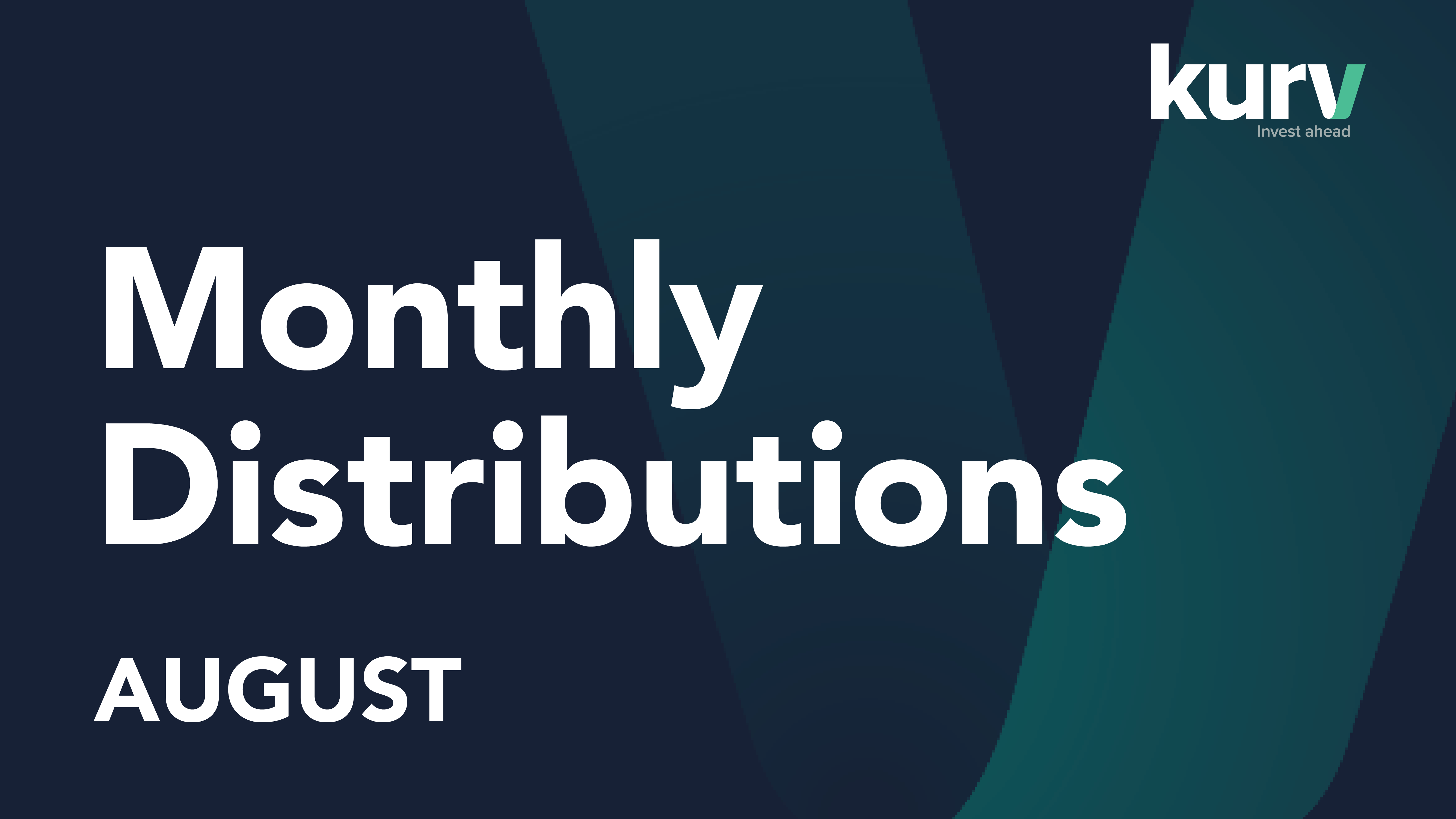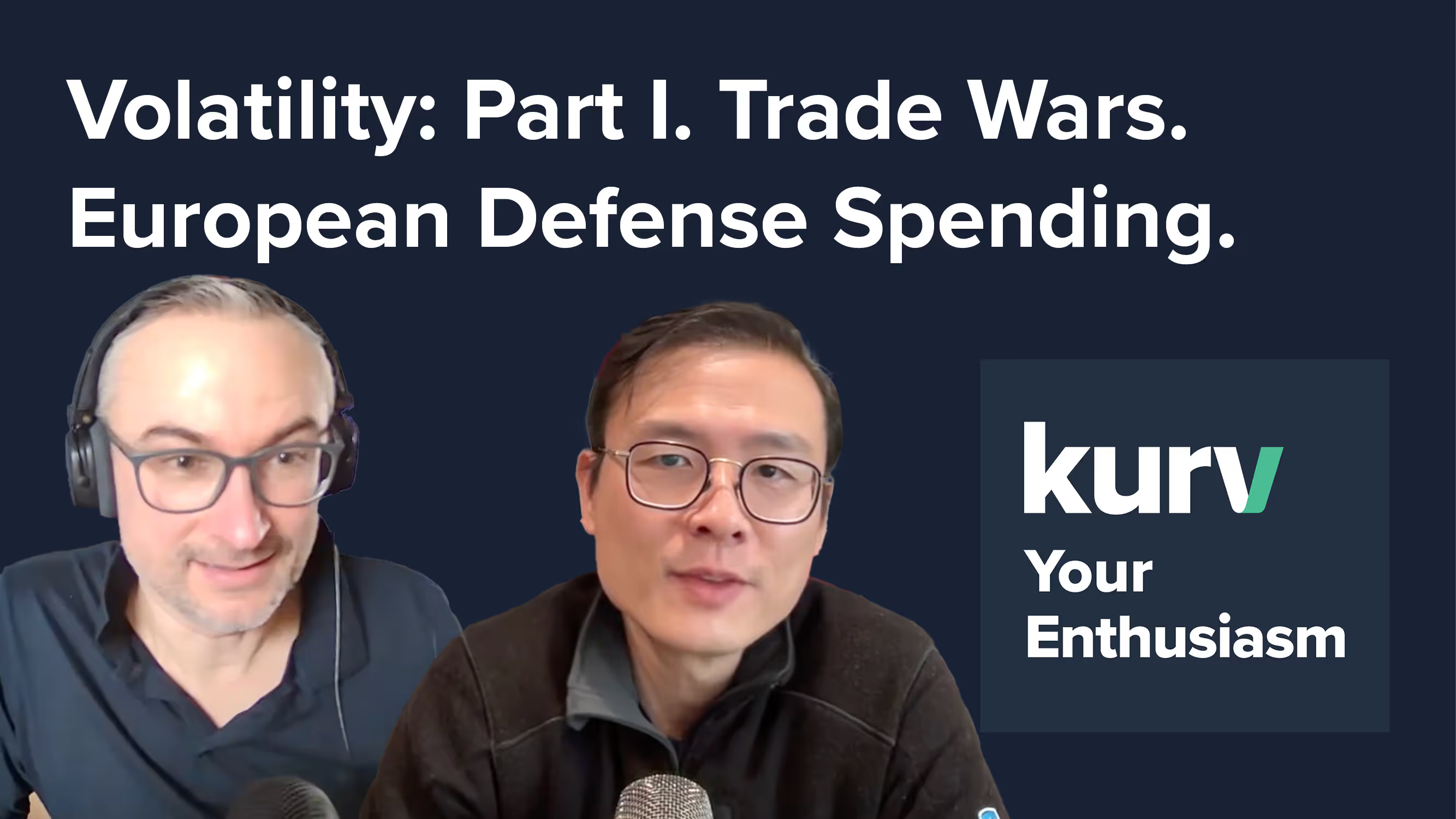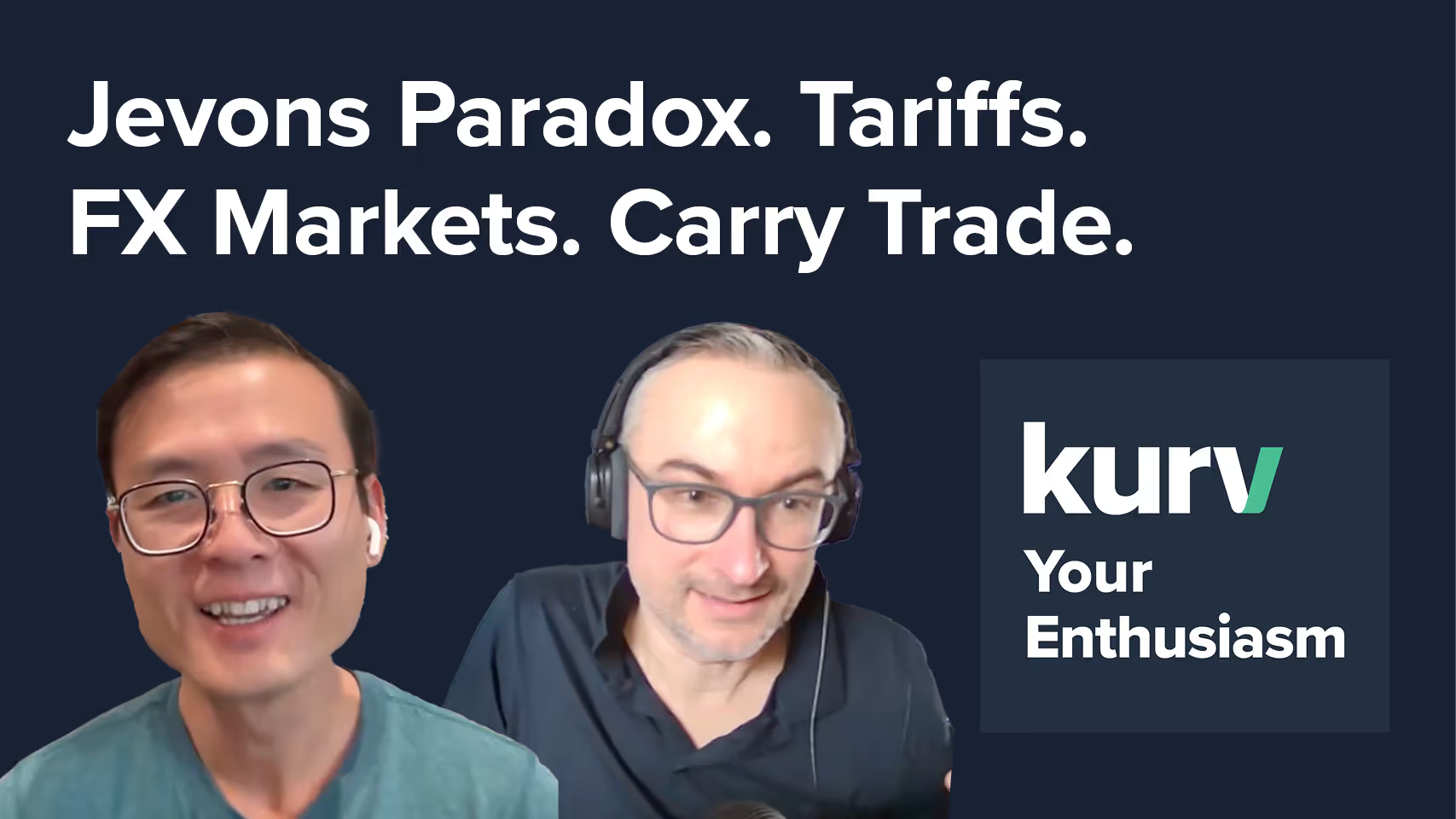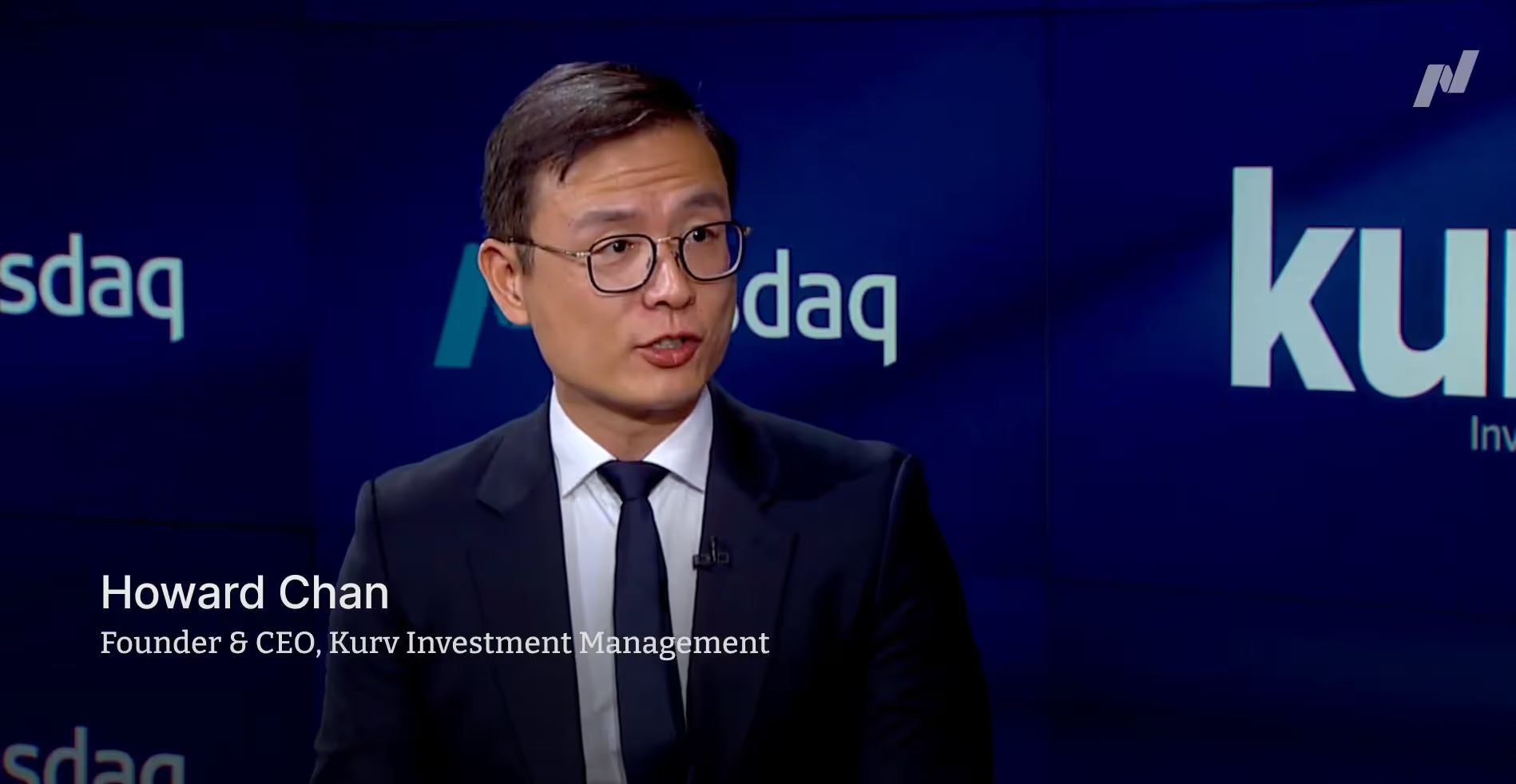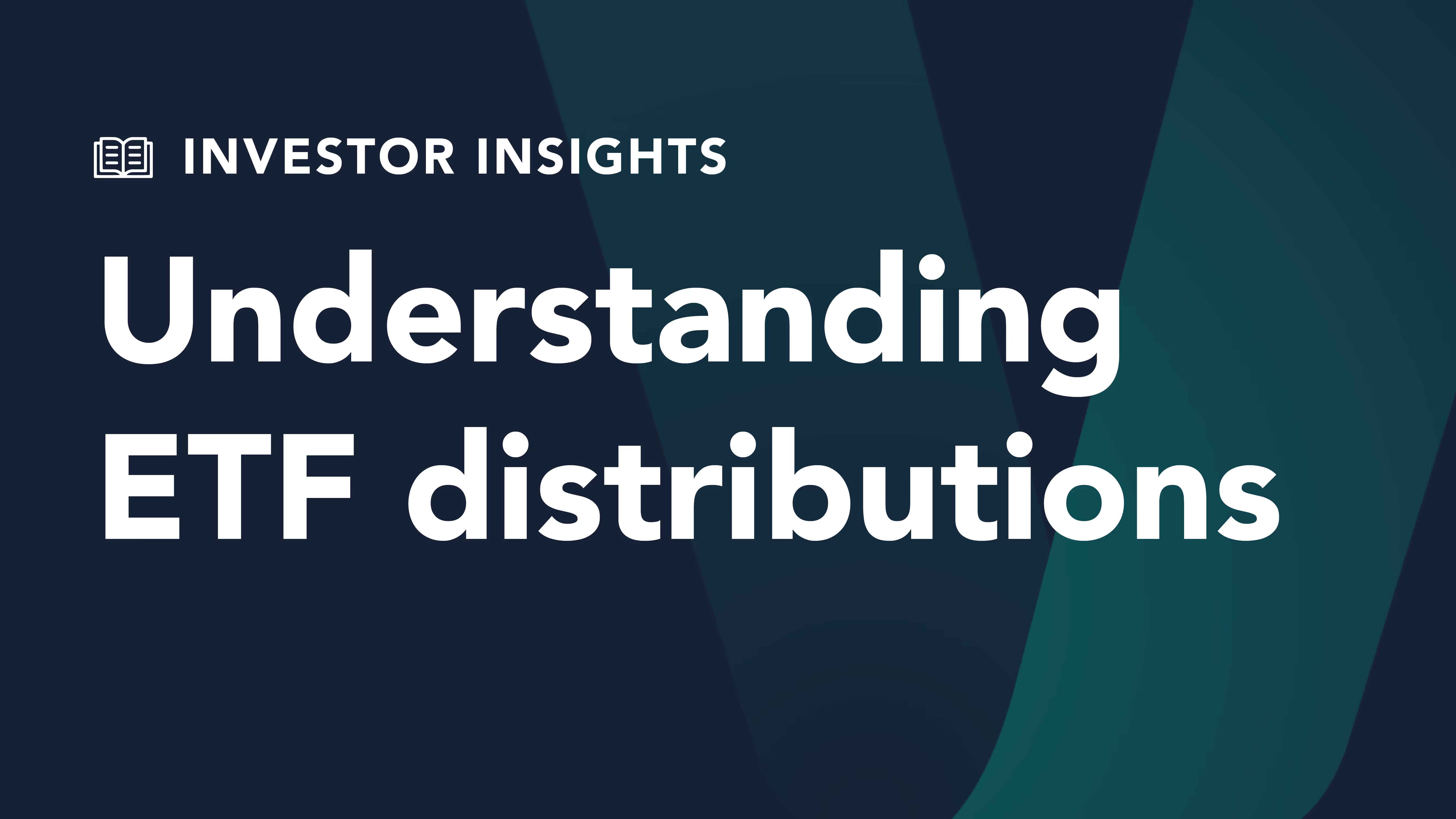
Featured ETFs
Explore Our ETFs
Kurv ETF Lineup
Coming Soon
Important Risk Information
The Fund is a unique investment product that may not be suitable for all investors. An investor should consider investing in the Fund if it, among other reasons, fully understands the risks inherent in an investment in the Fund’s Shares. There is no guarantee that the Fund, in the future will provide the opportunity for upside participation to the price exposure of underlying. There may be limits on upside participation to the price exposure of underlying under certain market conditions. There is no guarantee that the Fund’s investment strategy will be properly implemented, and an investor may lose some or all of its investment. In addition, an investor may lose its investment even if the strategy is properly implemented.
Single Issuer Risk. Issuer-specific attributes may cause an investment in the fund to be more volatile than a traditional pooled investment which diversifies risk or the market generally. The value of the Fund, which focuses on an individual security, may be more volatile than a traditional pooled investment or the market as a whole and may perform differently from the value of a traditional pooled investment or the market as a whole.
Indirect investment risk. The underlying companies are not affiliated with the Trust, the Fund, the Adviser, the Sub-Adviser, or their respective affiliates and is not involved with this offering in any way and has no obligation to consider your Shares in taking any corporate action that might affect the value of Shares. Investors in the Funds will not have voting rights and will not be able to influence management of the underlying company but will be exposed to the performance of the underlying company’s stock or ETF. Investors in the Funds will not have rights to receive dividends or other distributions or any other rights with respect to the underlying stock or ETF, but will be subject to declines in the performance of the underlying stock.
Distribution Risk. As part of the Fund’s investment objective, the Fund seeks to provide current monthly income. There is no assurance that the Fund will make a distribution in any given month. If the Fund does make distributions, the amounts of such distributions will likely vary greatly from one distribution to the next.
New Fund Risk. The Fund is a recently organized management investment company with no operating history. As a result, prospective investors do not have a track record or history on which to base their investment decisions.
Derivatives Risk. Derivatives are financial instruments that derive value from the underlying reference asset or assets, such as stocks, bonds, or funds (including ETFs), interest rates or indexes. The Fund’s investments in derivatives may pose risks in addition to, and greater than, those associated with directly investing in securities or other ordinary investments, including risk related to the market, imperfect correlation with underlying investments or the Fund’s other portfolio holdings, higher price volatility, lack of availability, counterparty risk, liquidity, valuation and legal restrictions.
Options Contracts. The use of options contracts involves investment strategies and risks different from those associated with ordinary portfolio securities transactions. The prices of options are volatile and are influenced by, among other things, actual and anticipated changes in the value of the underlying instrument, including the anticipated volatility, which are affected by fiscal and monetary policies and by national and international political, changes in the actual or implied volatility or the reference asset, the time remaining until the expiration of the option contract and economic events.
Call Writing Strategy Risk. The path dependency (i.e., the continued use) of the Fund’s call writing strategy will impact the extent that the Fund participates in the positive price returns of the underlying stock and, in turn, the Fund’s returns, both during the term of the sold call options and over longer time periods. If, for example, each month the Fund were to sell 7% out-of-the-money call options having a one-month term, the Fund’s participation in the positive price returns of the underlying stock will be capped at 7% in any given month. However, over a longer period (e.g., 5 months), the Fund should not be expected to participate fully in the first 35% (i.e., 5 months x 7%) of the positive price returns of the underlying stock, or the Fund may even lose money, even if the underlying stock share price has appreciated by at least that much over such period, if during any month over that period the underlying stock had a return less than 7%. This example illustrates that both the Fund’s participation in the positive price returns of an underlying stock and its returns will depend not only on the price of the underlying stock but also on the path that such stock takes over time.
Counterparty Risk. A counterparty (the other party to a transaction or an agreement or the party with whom the Fund executes transactions) to a transaction with the Fund may be unable or unwilling to make timely principal, interest or settlement payments, or otherwise honor its obligations.
Covered Call Option Writing Risk. By writing covered call options, in return for the receipt of premiums, the Fund will give up the opportunity to benefit from potential increases in the value of the S&P 500®above the exercise prices of such options, but will continue to bear the risk of declines in the value of the S&P 500®. The premiums received from the options may not be sufficient to offset any losses sustained from the volatility of the underlying stocks over time. In addition, the Fund’s ability to sell the securities underlying the options will be limited while the options are in effect unless the Fund cancels out the option positions through the purchase of offsetting identical options prior to the expiration of the written options. Exchanges may suspend the trading of options in volatile markets. If trading is suspended, the Fund may be unable to write options at times that may be desirable or advantageous to do so, which may increase the risk of tracking error.
U.S. Government and U.S. Agency Obligations Risk. The Fund may invest in securities issued by the U.S. government or its agencies or instrumentalities. U.S. Government obligations include securities issued or guaranteed as to principal and interest by the U.S. Government, its agencies or instrumentalities, such as the U.S. Treasury.
Price Participation Risk. The Fund employs an investment strategy that includes the sale of call option contracts, which limits the degree to which the Fund will participate in increases in value experienced by the underlying stock or ETF over the Call Period. This means that if the underlying stock or ETF experiences an increase in value above the strike price of the sold call options during a Call Period, the Fund will likely not experience that increase to the same extent and may significantly underperform the underlying stock or ETF over the Call Period. Additionally, because the Fund is limited in the degree to which it will participate in increases in value experienced by the underlying stock or ETF over each Call Period, but has full exposure to any decreases in value experienced by the underlying stock or ETF over the Call Period, the NAV of the Fund may decrease over any given time period.
Distribution Rate is the annual yield an investor would receive if the most recently declared distribution, which includes option premium, remained the same going forward. The Distribution Rate is calculated by multiplying an ETF’s Distribution per Share by 365 divided by the days in the most current month, and dividing the resulting amount by the ETF’s most recent NAV. The Distribution Rate represents a single distribution from the ETF and does not represent its total return. Distributions are not guaranteed.
30-day SEC Yield is based on a formula mandated by the Securities and Exchange Commission (SEC) that calculates a fund's hypothetical annualized income, as a percentage of its assets. A security's income, for the purposes of this calculation, is based on the current market yield to maturity (in the case of bonds) or projected dividend yield (for stocks) of the fund's holdings over a trailing 30-day period. This hypothetical income will differ (at times, significantly) from the fund's actual experience; as a result, income distributions from the fund may be higher or lower than implied by the SEC yield.
Unsubsidized 30-Day SEC Yield represents what a fund's 30-Day SEC Yield would have been had no fee waiver or expense reimbursement been in place over the period.
The Distribution Rate and 30-day SEC Yield is not indicative of future distributions, if any, on the ETFs. In particular, future distributions on any ETF may differ significantly from its Distribution Rate or 30-Day SEC Yield. You are not guaranteed a distribution under the ETFs. Distributions for the ETFs (if any) are variable and may vary significantly from month to month and may be zero. Accordingly, the Distribution Rate and 30-Day SEC Yield will change over time, and such change may be significant. The distribution may include a combination of ordinary dividends, capital gain, and return of investor capital, which may decrease a fund’s NAV and trading price over time. As a result, an investor may suffer significant losses to their investment. These distribution rates caused by unusually favorable market conditions may not be sustainable. Such conditions may not continue to exist and there should be no expectation that this performance may be repeated in the future.

Innovation can turn ordinary into extraordinary.
Kurv is removing barriers to entry, expanding investment options, and simplifying management and reporting for all portfolios, regardless of size.




